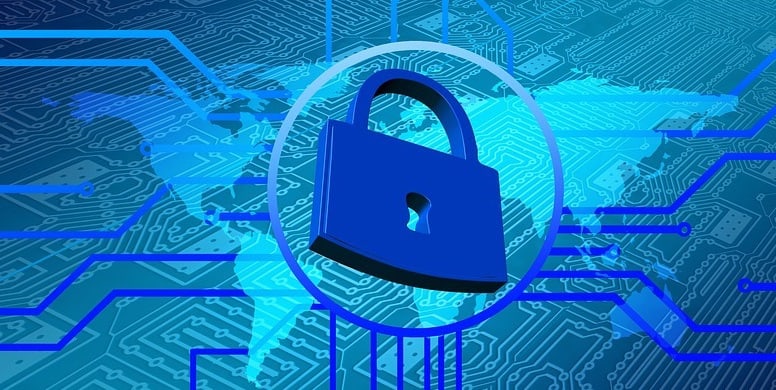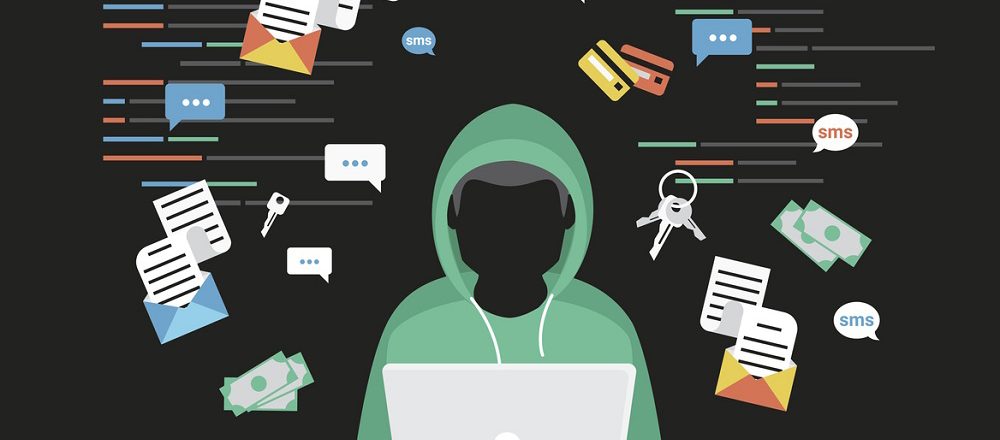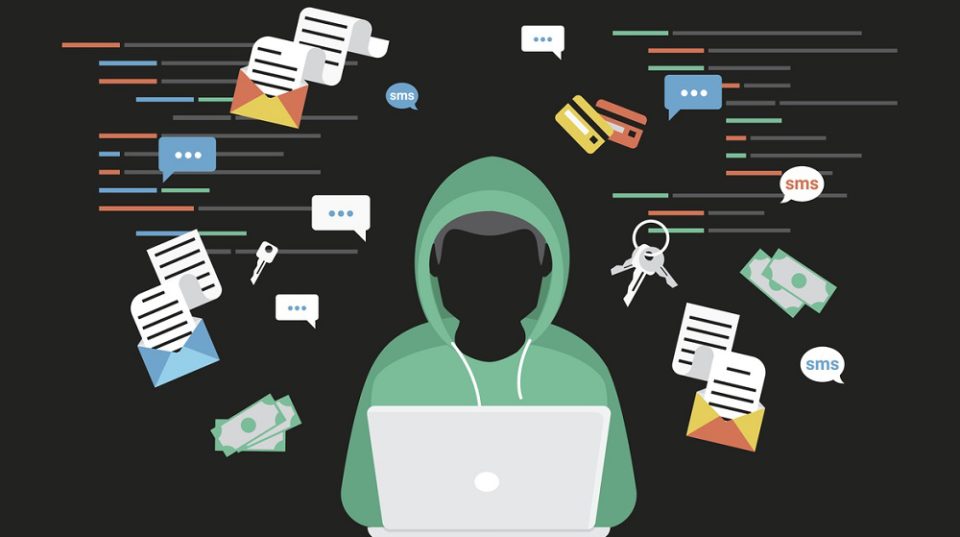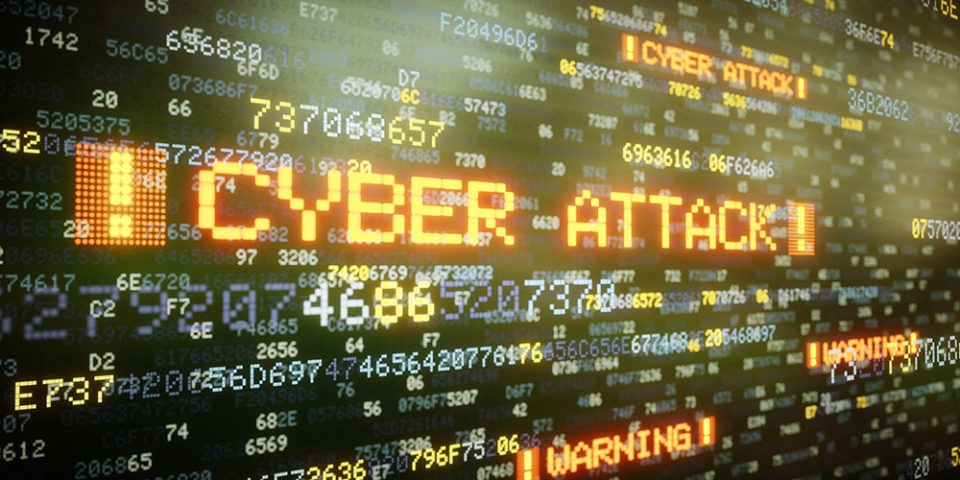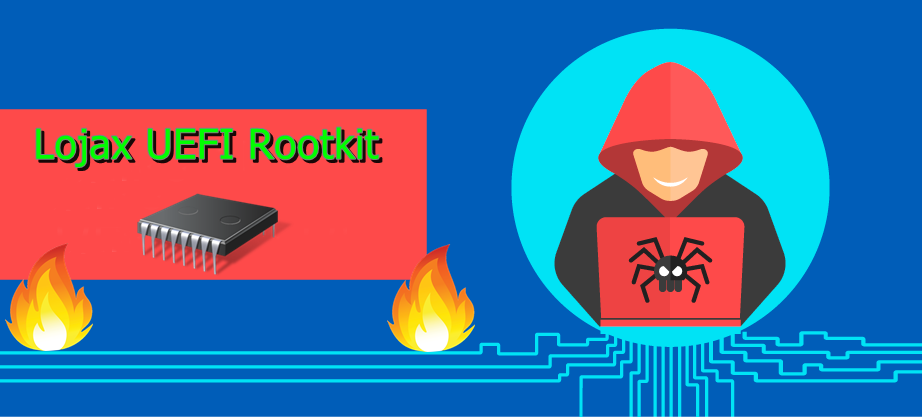
Most malware can be eradicated once its DNA has been analyzed and solutions are developed by security experts, but what happens when it can’t be combated?
Unkillable malware may be a rare phenomenon, but it’s a reality that could become increasingly common. And when we say unkillable, we mean that the malware itself simply can’t be removed from a PC. You can replace hard drives and reinstall Windows, but the malware will remain on the PC. The disruption this can cause is immense and presents a serious threat to productivity for any organization affected. Although these forms of malware are currently rare, it’s likely that advances in technology and the skills of hackers could see their popularity increasing.
A recent strain of unkillable malware is LoJax, so we’re going to take a look at this and see what lessons we can learn.
The Unkillable LoJax
The origins of LoJax go all the way back to 2008 and, surprisingly, it all started with a piece of anti-theft software named LoJack. The LoJack software helped to protect PCs by working its way deep inside the Unified Extensible Firmware Interface (UEFI). Much like the traditional BIOS, UEFI helps to connect a PCs operating system to its firmware and is the first program that runs at startup. LoJax has taken the advanced technology of LoJack and modified it so that it can remain hidden deep within the workings of a PC.
And no matter what changes a user makes to their PC – be it software or hardware related – LoJax will retain a presence on that PC. Not only will LoJax be able to continually execute tasks in relative safety, it will also be able to keep up communications with remote command and control servers. This allows updates to be issued alongside new tools and pieces of malware. Clearly, LoJax is a particularly insidious and persistent threat to your PC.
First discovered in early 2018, LoJax has lived up to its reputation as unkillable and continues to wreak havoc several months later. Worst of all, many of the command and control servers are the original ones that were setup by the hackers. Usually, these C&C servers have to be regularly relocated and updated to thwart the efforts of security experts. However, underlining their ‘unkillable’ credentials, the hackers have been able to continue using their original setup without any resistance.
Are You Safe from LoJax?
It’s believed that LoJax was develop and created by the Russian hacking group Fancy Bear who appear to be in collusion with the Russian government. Accordingly, any industry is at risk from unkillable malware due to the lack of stability this can bring to an economy. At present, the only real advice for infections with LoJax is to wipe/replace the hard drive and carry out a complete reflash of the motherboard hardware. Even then there remains a risk that LoJax will remain on the PC and the simplest solution is to replace the entire system and start from scratch.
LoJax infections remain relatively rare, but the more pressing concern is that unkillable malware is being developed and released into the wild. This points to a future where increased security is more important than ever, so ensuring your organization adheres to best security practices is vital.
For more ways to secure and optimize your business technology, contact your local IT professionals.
Read More






